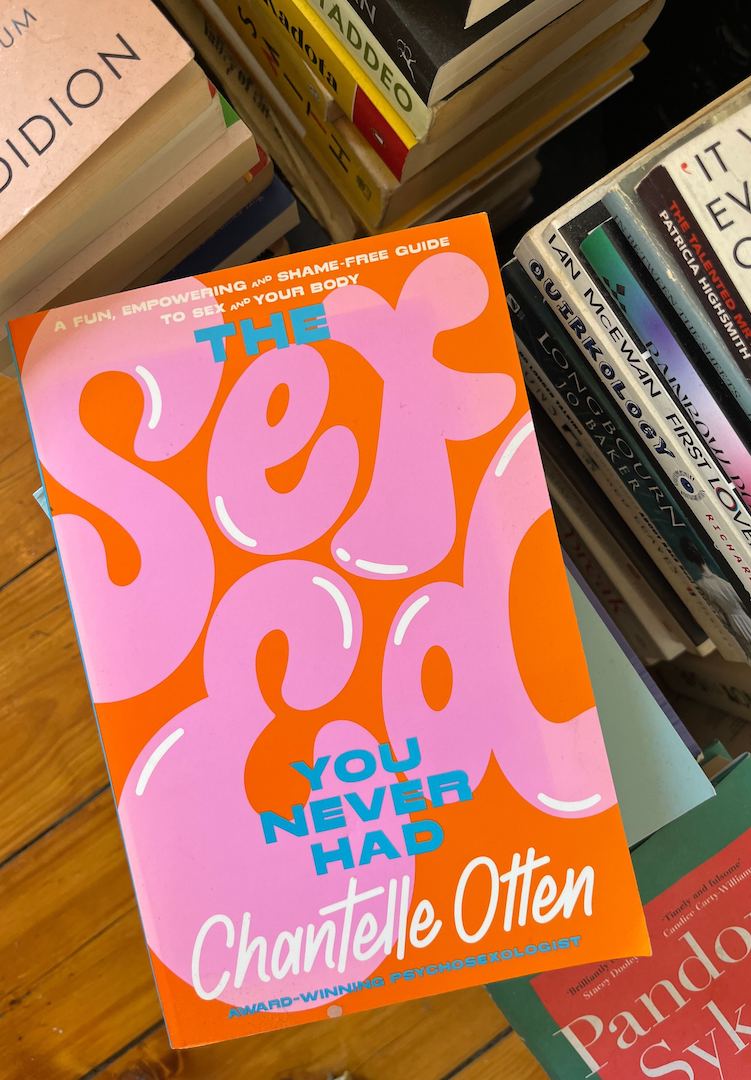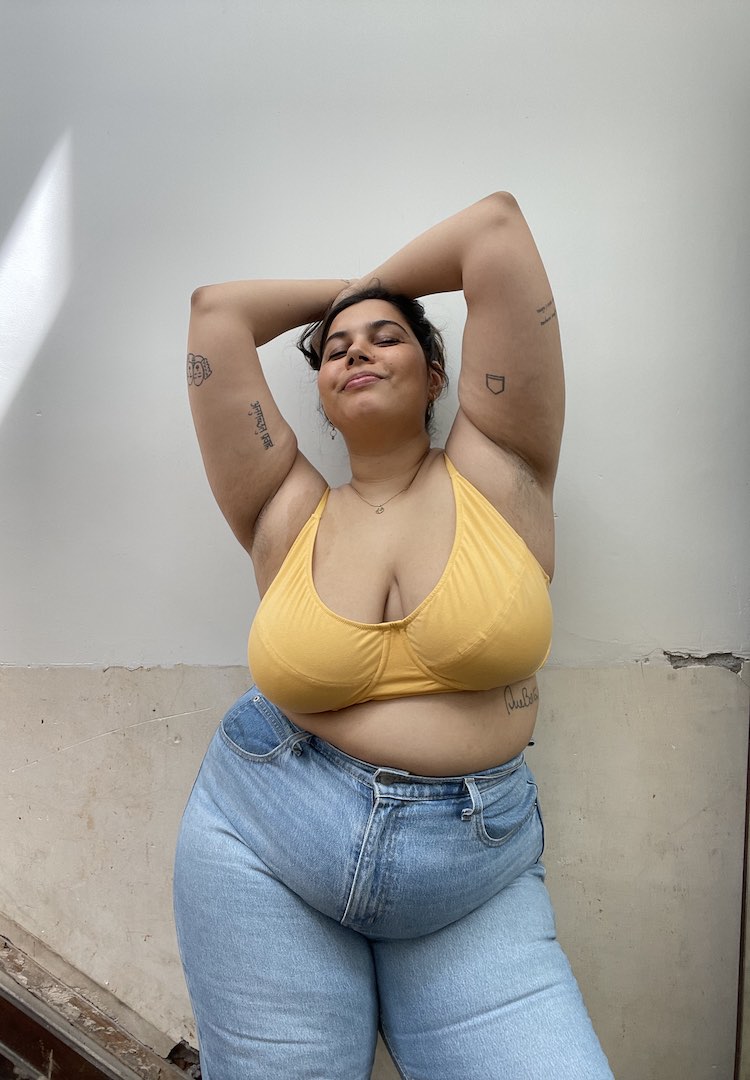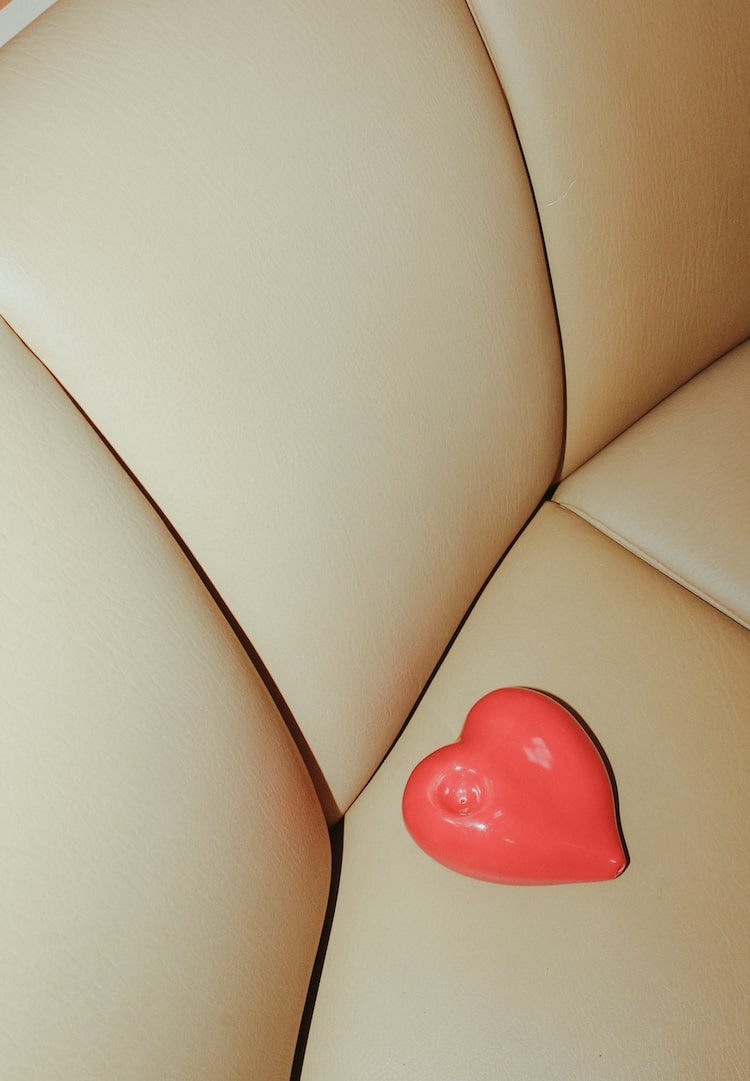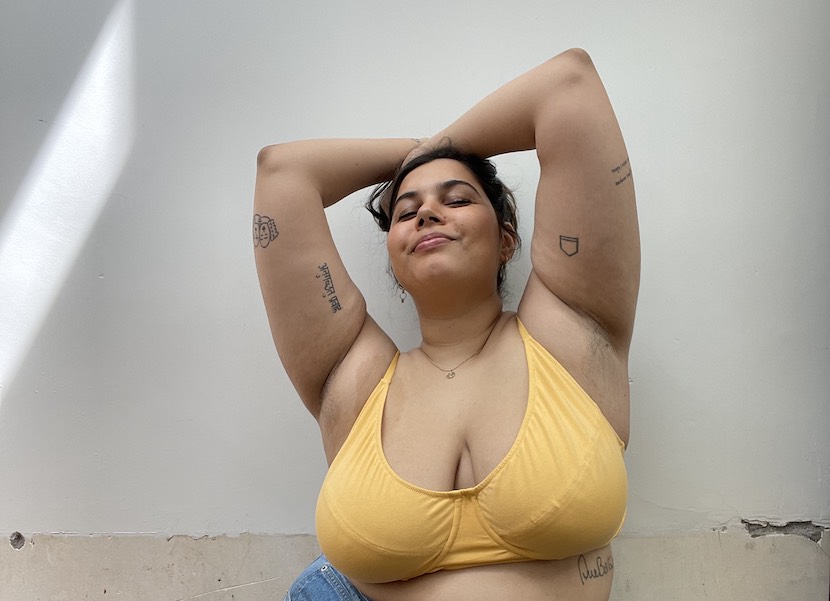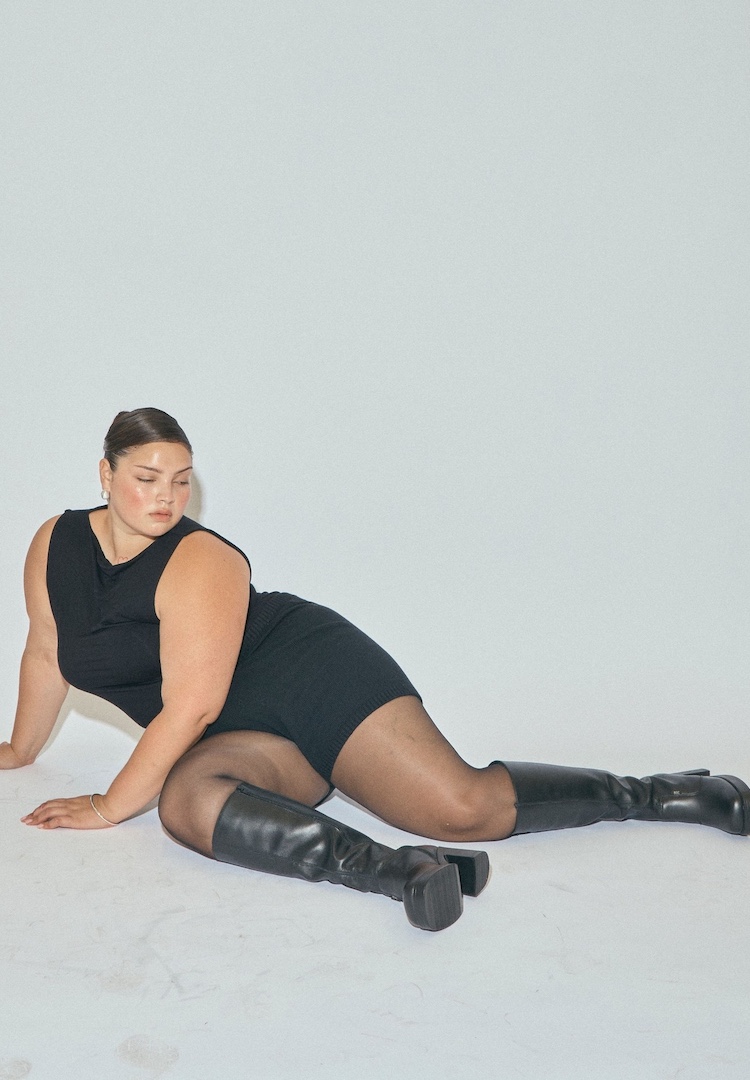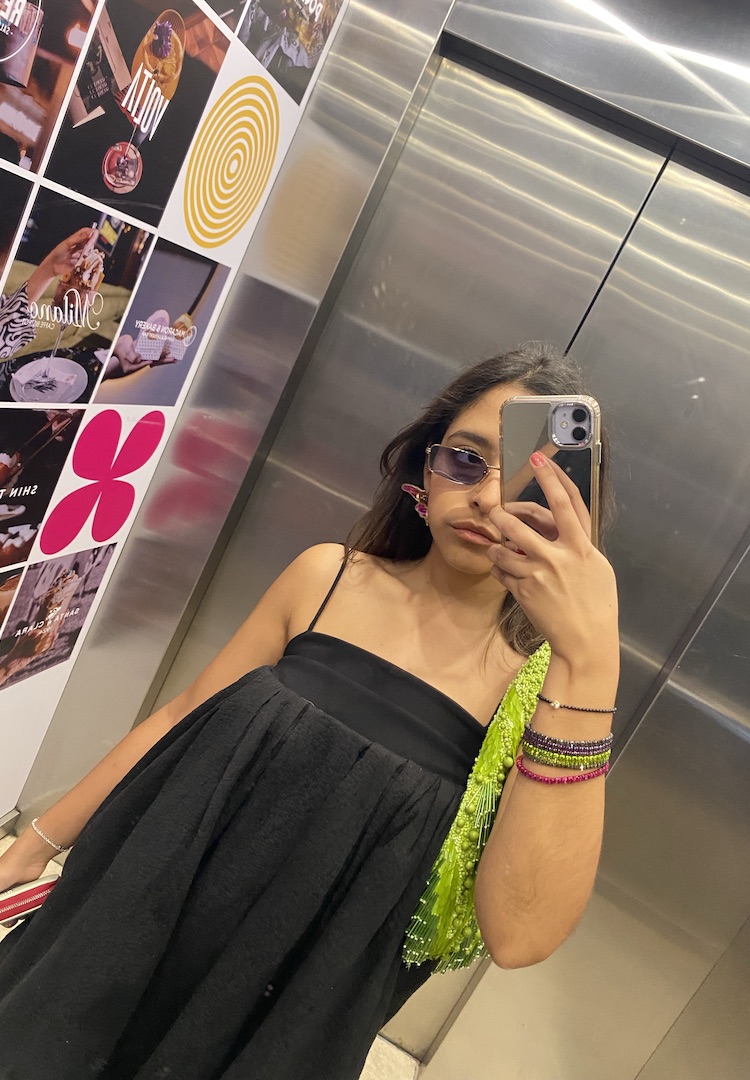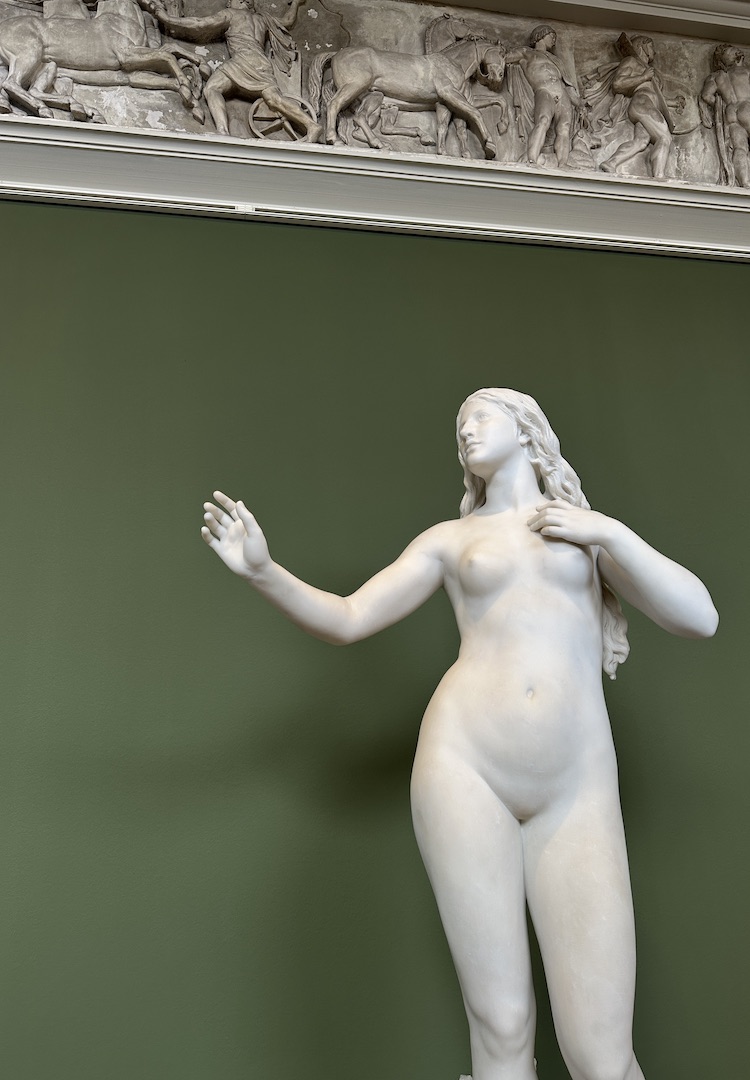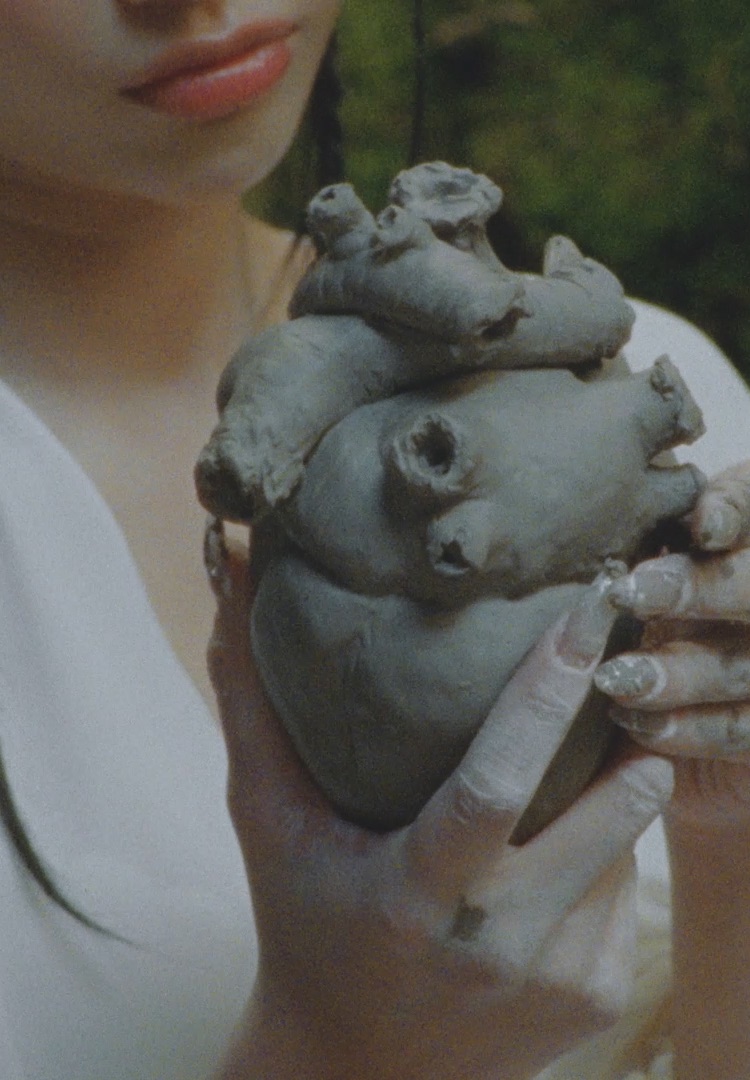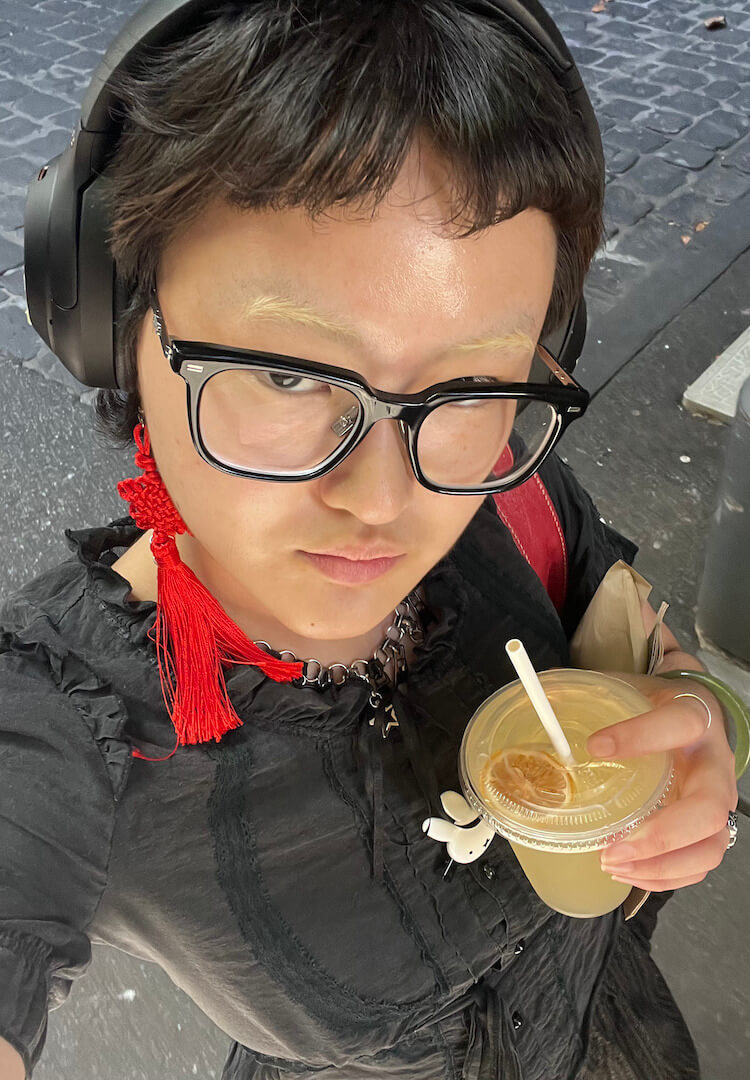How modelling helped me learn to love my body
IMAGE VIA @sienbarton/instagram
WORDS BY SIENNA BARTON
“Once it sunk in that these brands had chosen me because of my body and not in spite of it, my size became one less thing to worry about. In fact, maybe it was an asset.”
If you’d told 20-year-old me that, within the decade, I’d be modelling in a professional capacity, I might’ve thought you were shitting me. Among my friends, I’d always felt like a bit of an ugly duckling – too brown, too booby and definitely not cool enough – but I tried desperately to be like them.
We’d shop together at American Apparel for corduroy mini skirts and riding pants, shellac our nails to the nines and spend a fortnight’s pay on balayage, but nothing I wore or did ever made me feel like enough. This feeling of inadequacy, and of feeling like I wasn’t attractive to men, only intensified when I started to gain a bit of weight in my mid-twenties.
Looking for more thought-provoking reads? Try our Life section.
It was nothing huge, maybe one or two dress sizes, but the change in my body sent me into a tailspin. Previously, I’d just felt like my boobs were too big or my thighs were too dimpled, but here was my dress size telling me ‘You’re losing control and you’re becoming unacceptable to look at‘.
I began declining invitations to house parties and music festivals, afraid that my friends would balk at my change in appearance. I’d seen other friends gain weight, only for some of us to quietly wonder what had happened to them, and I couldn’t bear the thought of me being the topic of that conversation.
I felt too embarrassed to explain why I was avoiding them, and eventually, I just stopped being invited to things altogether. When I see all of them hanging out now, all these years later, I feel the weight of what I lost because I just hated myself so much.
I spent the better part of five years trying to change my body, with the support of numerous doctors, dieticians and naturopaths. After all, my BMI was bordering on dangerous (we all know how inaccurate BMIs are, right?) and I couldn’t let myself teeter off the cliff into obesity. And yet, nothing worked. My weight largely stayed the same, and I realised I had a key choice to make: continue punishing myself or accept my body for what it is.
View this post on Instagram
When the pandemic hit Melbourne, and there was nothing to do but eat and monitor the active case numbers, I gained a little bit of weight. Then a little bit more. And then more again. But something peculiar happened; even though my dress sizes were going up, my self-loathing was decreasing. It was during this time that I had the opportunity to model for a few local brands and started creating Instagram content for others. It blew my mind that I had gone up to a size 16 to 18, and these brands I adored still wanted to work with me.
I began to see myself the way that other people did, noticing the way my eyes inevitably squint when I give my biggest smile. I wasn’t thinking about tummy overhang or the new stretch marks underneath my arms, and nobody else was either. As my content work started to gain momentum, I wondered, ‘If this is what I can do by myself, I wonder what an agency can do for me?’. At the same time, I also thought ‘Who are you kidding? You’re a clumsy dag, not a model!‘ (turns out you can be both).
View this post on Instagram
But never did I think ‘You’re too fat to do this’. And for that, I have to credit the rise of model Paloma Elsesser. Without seeing her walking in fashion shows or gracing the covers of glossy international magazines, I doubt I would have had the confidence to put myself out there. The process of finding an agency was a little bit tricky. I’m a mere 168cm, and many agencies are still stuck in the old school of modelling, requiring their talent to be 173cm or taller.
Not only that, but I was also plus-sized. Not plus-sized in the way that a size ten is plus-sized in the modelling industry, but proper plus-sized. Some might say fat. While I wasn’t so hung up on my dress size, it’s still very much an issue in the modelling world. I chatted with a couple of agencies and met one of them before I finally met the gorgeous team at People Agency who told me they wanted me before I’d even left the casting. It felt like kismet.
Within weeks of signing my contract, they sent me to a number of test shoots. Doing this would benefit me for two reasons: it helped build my portfolio, and it also allowed me to practice being in front of a camera. It’s one thing to take selfies in your room for brands, but posing in front of a photographer is a completely different ball game.
View this post on Instagram
My first few times in front of the camera were a blur. I was so nervous that maybe my agency had made a mistake, and god, I was not used to manoeuvring my body in a way that was supposed to look pretty. I wondered if I was out of my depth. But then I saw the photos and I was surprised. I didn’t see the nervousness or the impostor syndrome. I just saw me.
The first paid shoots I did after being signed are also hard to remember. I worried that companies were now spending real dollars on me and I desperately wanted to do a good job, not wanting to disappoint the client. I told my friend that I was anxious that I wouldn’t be conventionally hot enough, and she flatly said “Sienna, they literally hired you because you’re hot. You’re an idiot.” She had a point (Okay, maybe two. I am an idiot).
Knowing you’ve been hired because of the way you look is, strangely, very liberating. Once it sunk in that these brands had chosen me because of my body and not in spite of it, my size became one less thing to worry about. In fact, maybe it was an asset. And in any case, the shoots weren’t about me but about helping a client sell a product.
View this post on Instagram
Realising I was a vessel for the product and not the main focus at shoots was maybe one of the most powerful epiphanies I’ve had. It allowed me to let go of the anxiety that whined ‘Surely you look Michelin Man-esque from that angle’ and gave me the confidence to trust in the creative team behind the camera. I learnt that it was okay to relinquish control of how I looked.
The client and photographer wouldn’t deliberately make me look bad, and if I still wasn’t happy with how I looked that was something I could work through at therapy. When I handed over that trust, I relaxed in front of the camera, and that always produces more engaging photos.
The lessons I’ve learnt in my modelling journey can definitely be boiled down and applied to normal, everyday situations. Don’t be afraid to see your friends because your body looks different. You’re being too hard on yourself, and it’s highly unlikely anyone is thinking about the cellulite on your legs (it’s just not a focal point that people care about). My self-love journey has been arduous, and it’s definitely not over yet, but I’m incredibly proud of how far I’ve come. I can’t wait to see where it takes me next.
If you’re struggling with body image issues, you can call the Butterfly National Helpline at 1800 33 4673 for free and confidential support, or email or chat online here.

